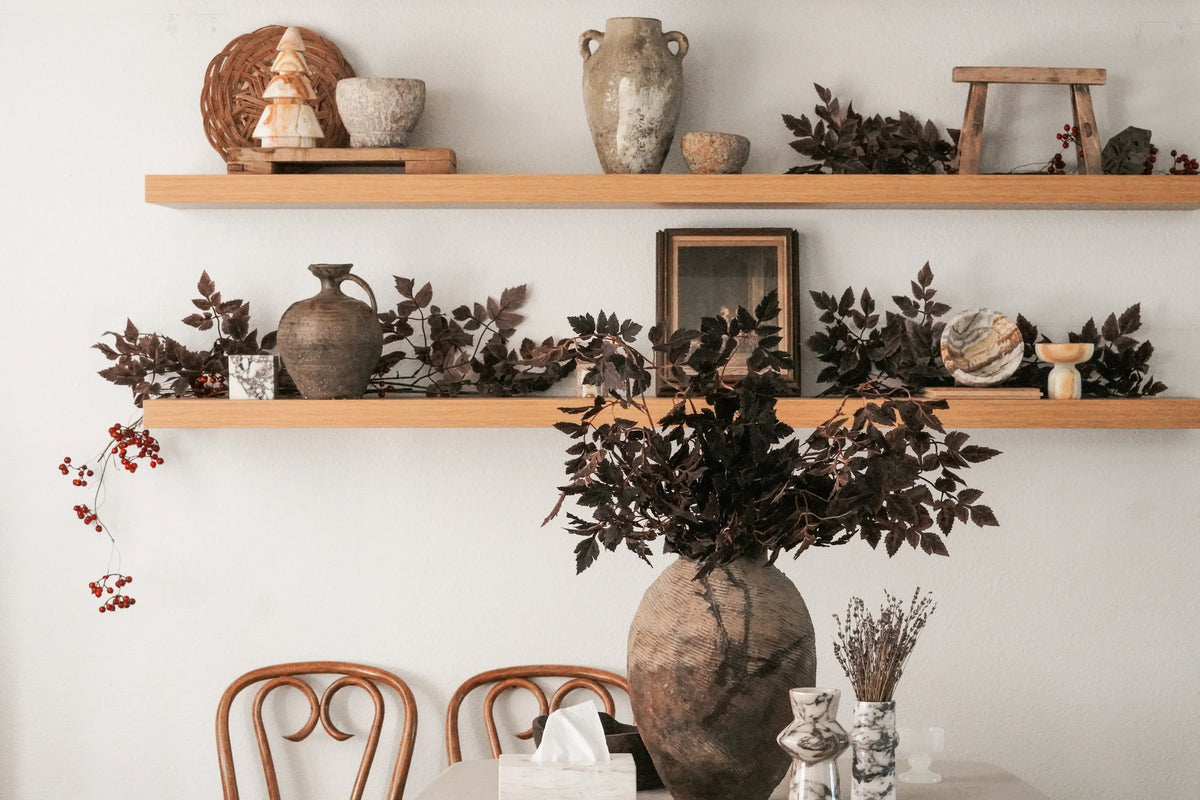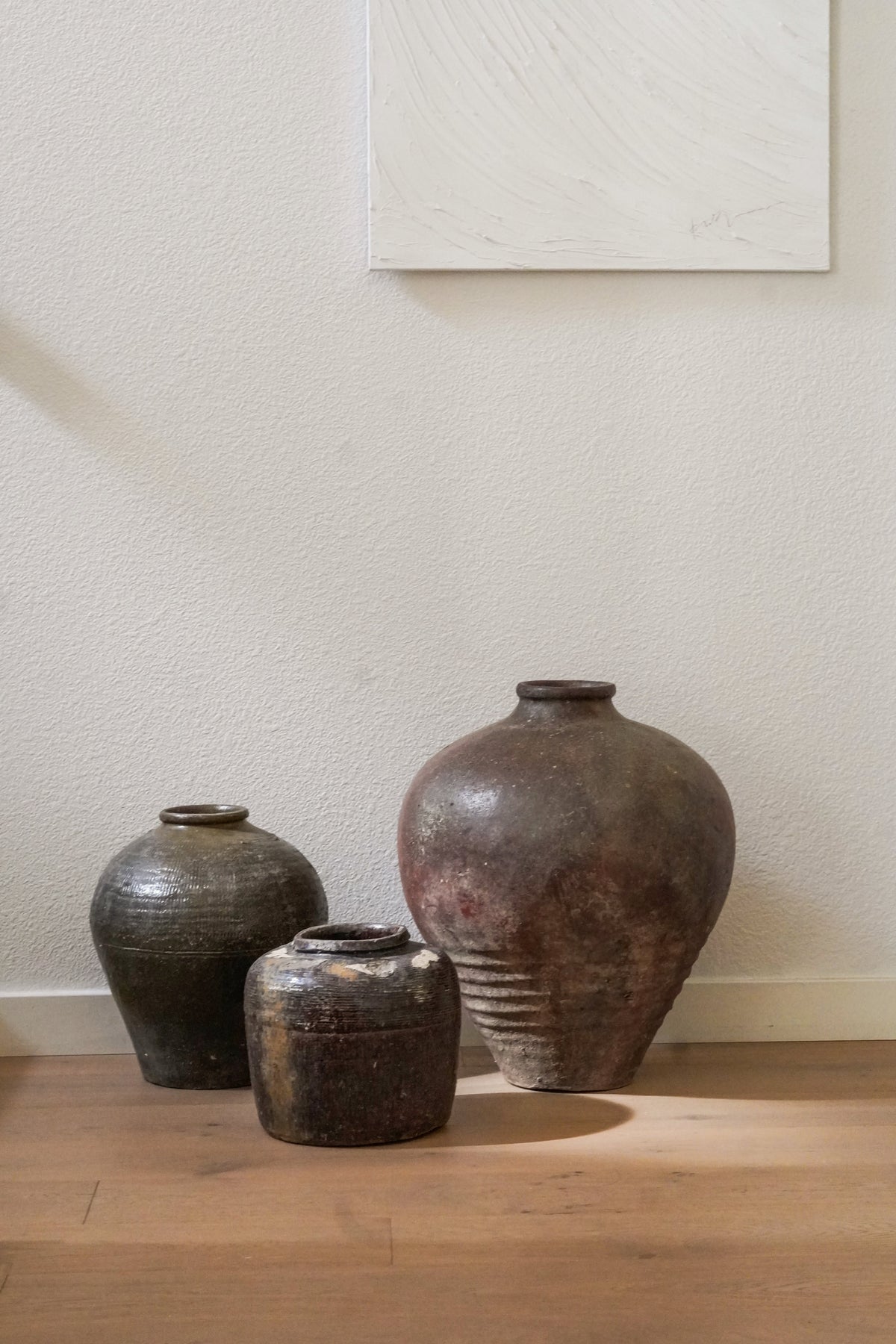In the journey towards sustainability and self-sufficiency, home decor plays a pivotal role that often goes unnoticed. While many focus on food production and energy conservation, the aesthetic aspect of a self-sufficient lifestyle is equally important. Clay and porcelain, with their earthy origins and versatile nature, offer an excellent pathway to achieving this goal. This article delves into how incorporating clay and porcelain home decor can enhance a self-sufficient lifestyle, touching upon their environmental impact, economic benefits, and personal fulfillment.
The Environmental Perspective
Clay and porcelain decor stands out for its minimal environmental footprint, primarily due to the natural abundance of clay and the sustainable practices involved in its harvesting and processing. Unlike plastics and other synthetic materials, clay and porcelain are biodegradable and can be recycled or repurposed, reducing waste. By choosing home decor items made from these materials, individuals contribute to a cycle of sustainability that aligns with the ethos of a self-sufficient lifestyle.
Moreover, the production process of clay and porcelain items typically consumes less energy compared to glass or metal decor, especially when sourced from local artisans. This not only lowers the carbon footprint associated with transportation but also supports local economies.
Economic Benefits and Supporting Local Artisans
One of the pillars of self-sufficiency is economic independence, which can be bolstered by investing in clay and porcelain home decor. These items, particularly when sourced from local artisans, keep money within the community and help in nurturing local crafts and skills. Additionally, the durability of high-quality clay and porcelain pieces ensures longevity, making them cost-effective compared to cheaper, mass-produced items that need frequent replacement.
Learning the art of pottery or ceramics can also lead to personal economic benefits. It can start as a hobby but eventually turn into a side business, selling unique home decor items at local markets or online. This not only provides an additional income stream but also enhances one's self-sufficiency by reducing dependency on external sources for home embellishments.
Personal Fulfillment and Creative Expression
Incorporating clay and porcelain decor into a home offers a deep sense of personal fulfillment, rooted in the beauty and uniqueness of each piece. Handcrafted items carry the essence of the artisan's personal touch, story, and tradition, adding depth and character to one's living space. This connection fosters a sense of belonging and contentment, which is crucial in a self-sufficient lifestyle.
Furthermore, engaging in pottery or ceramics as a craft offers an avenue for creative expression and mental well-being. The tactile experience of shaping clay into tangible items provides a therapeutic effect, reducing stress and enhancing focus. It also fosters a deeper connection with the earth and the raw materials that sustain us, reinforcing the principles of self-sufficiency.
Conclusion
Adopting a self-sufficient lifestyle encompasses more than just food and energy independence; it extends into every aspect of living, including home decor. Clay and porcelain offer a sustainable, economically beneficial, and personally fulfilling avenue to decorate and personalize our living spaces in alignment with self-sufficient principles. By choosing these natural materials, we support local artisans, reduce our environmental impact, and cultivate a unique, grounded aesthetic that reflects our values and connection to the earth.





